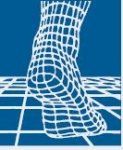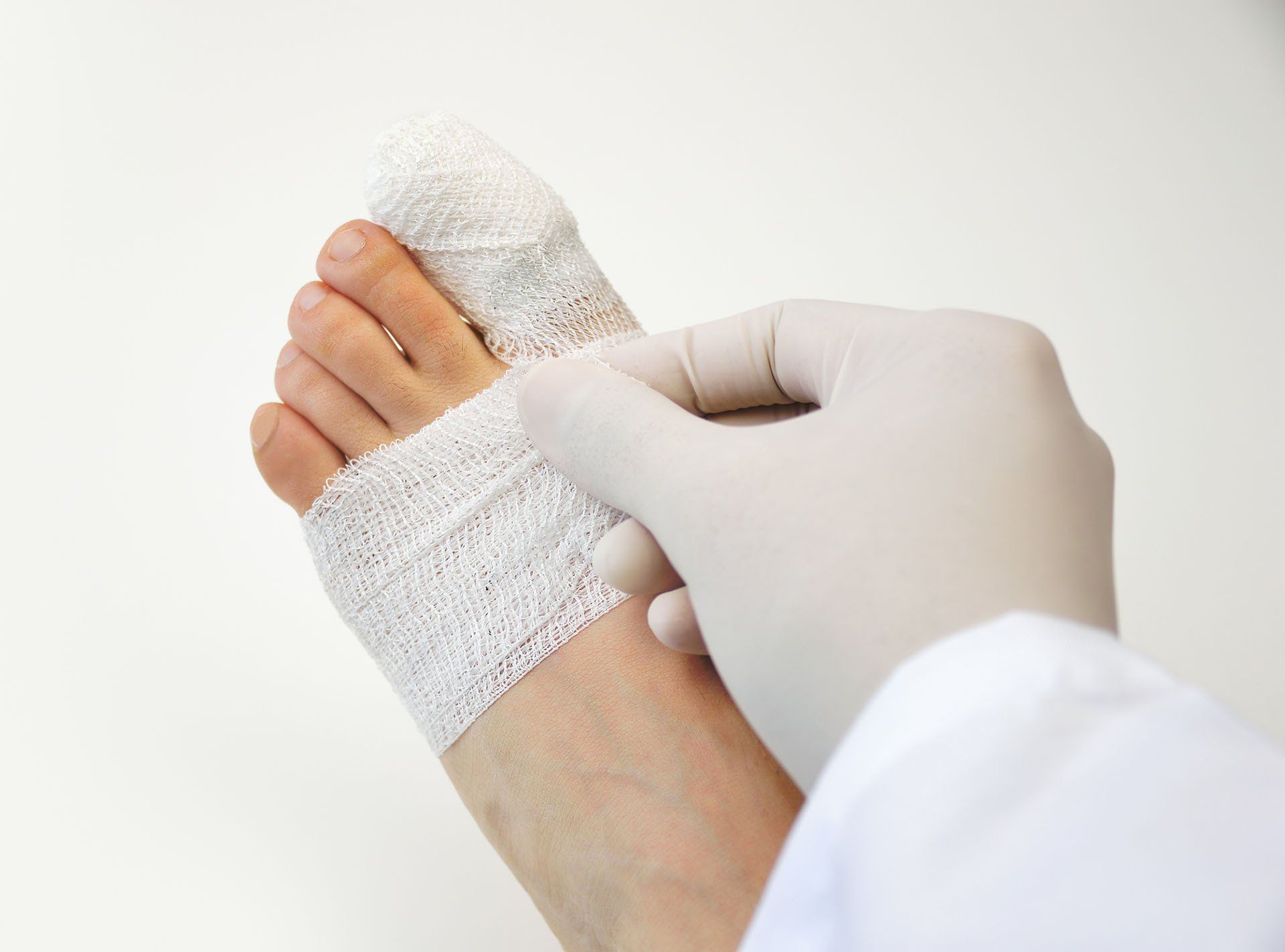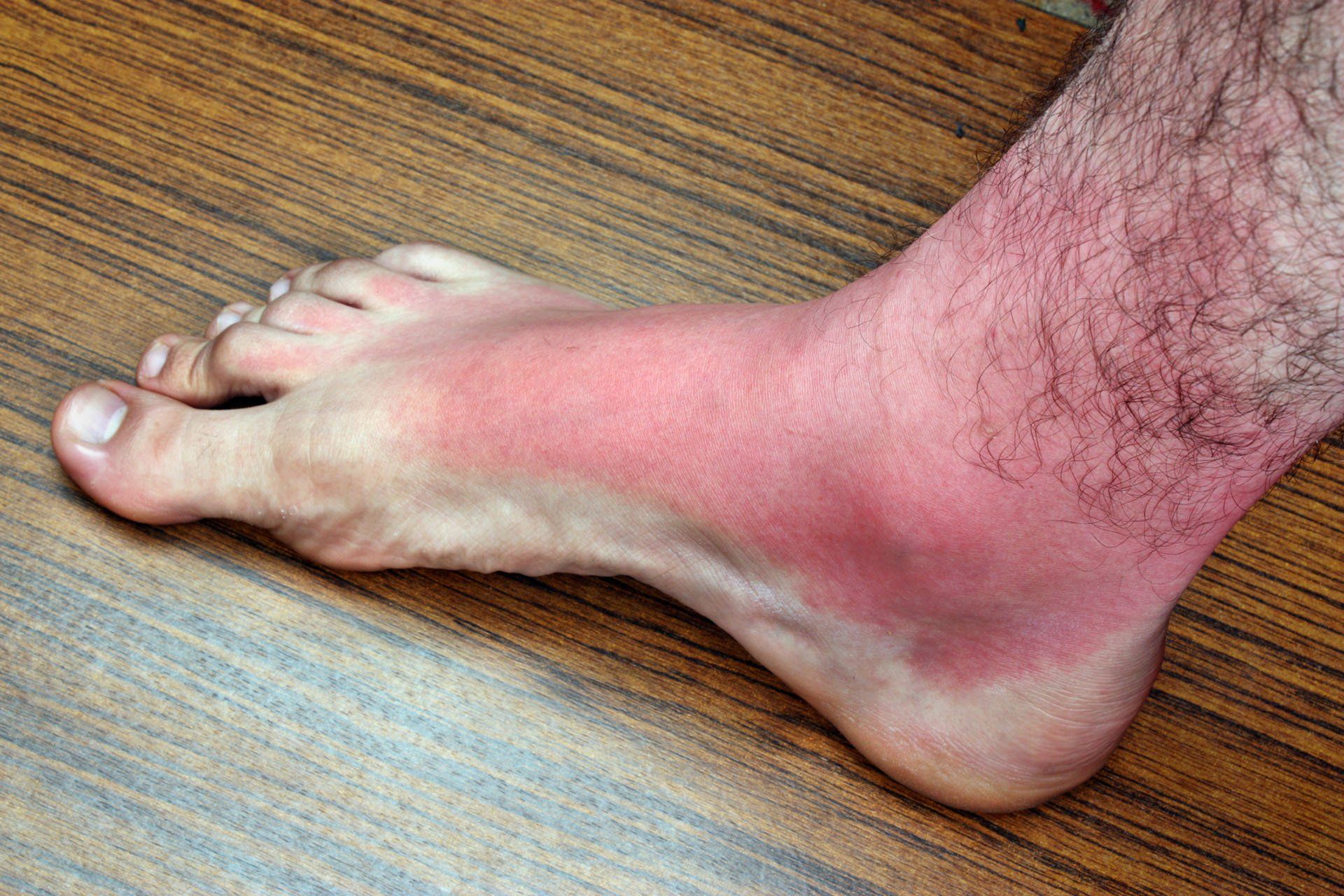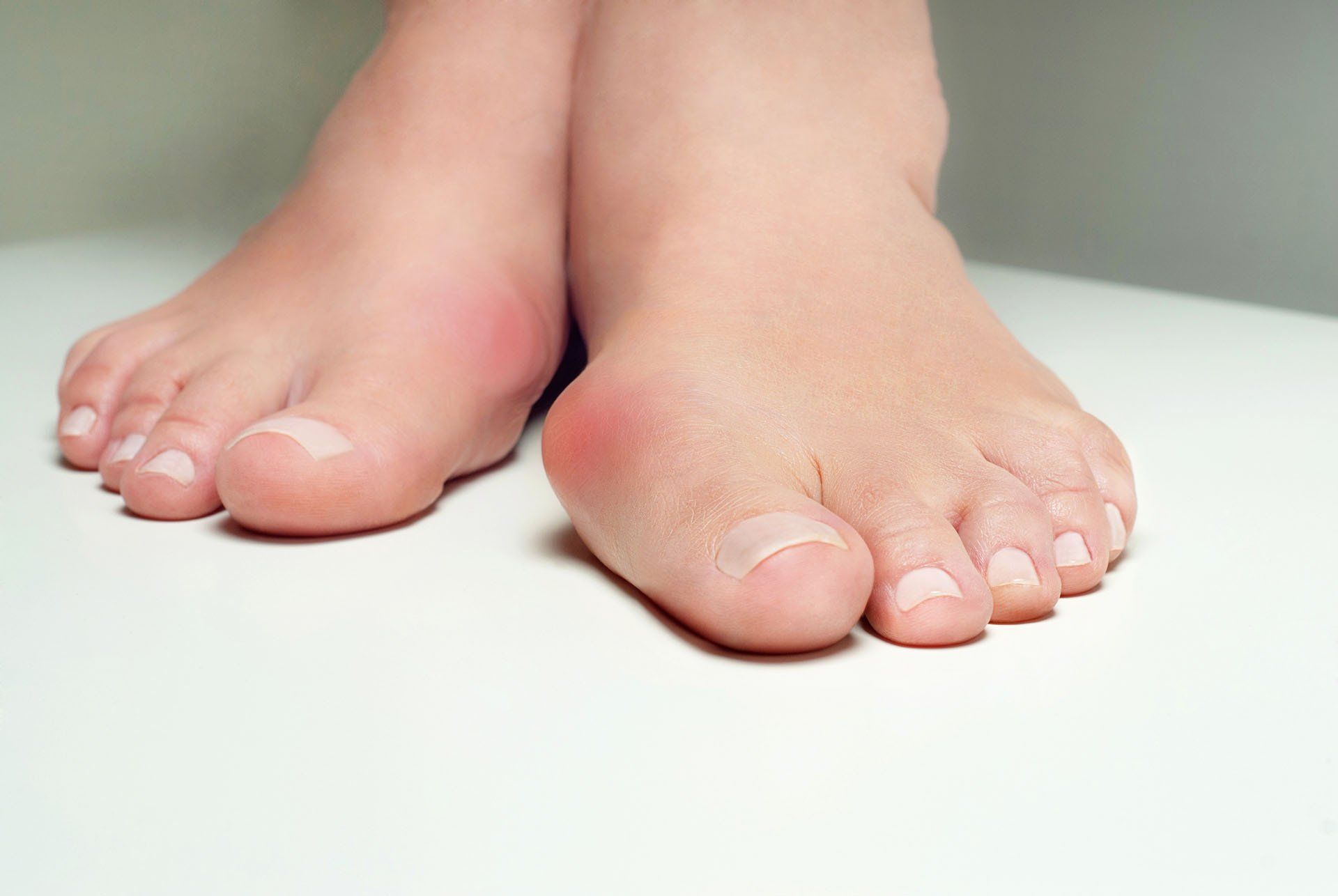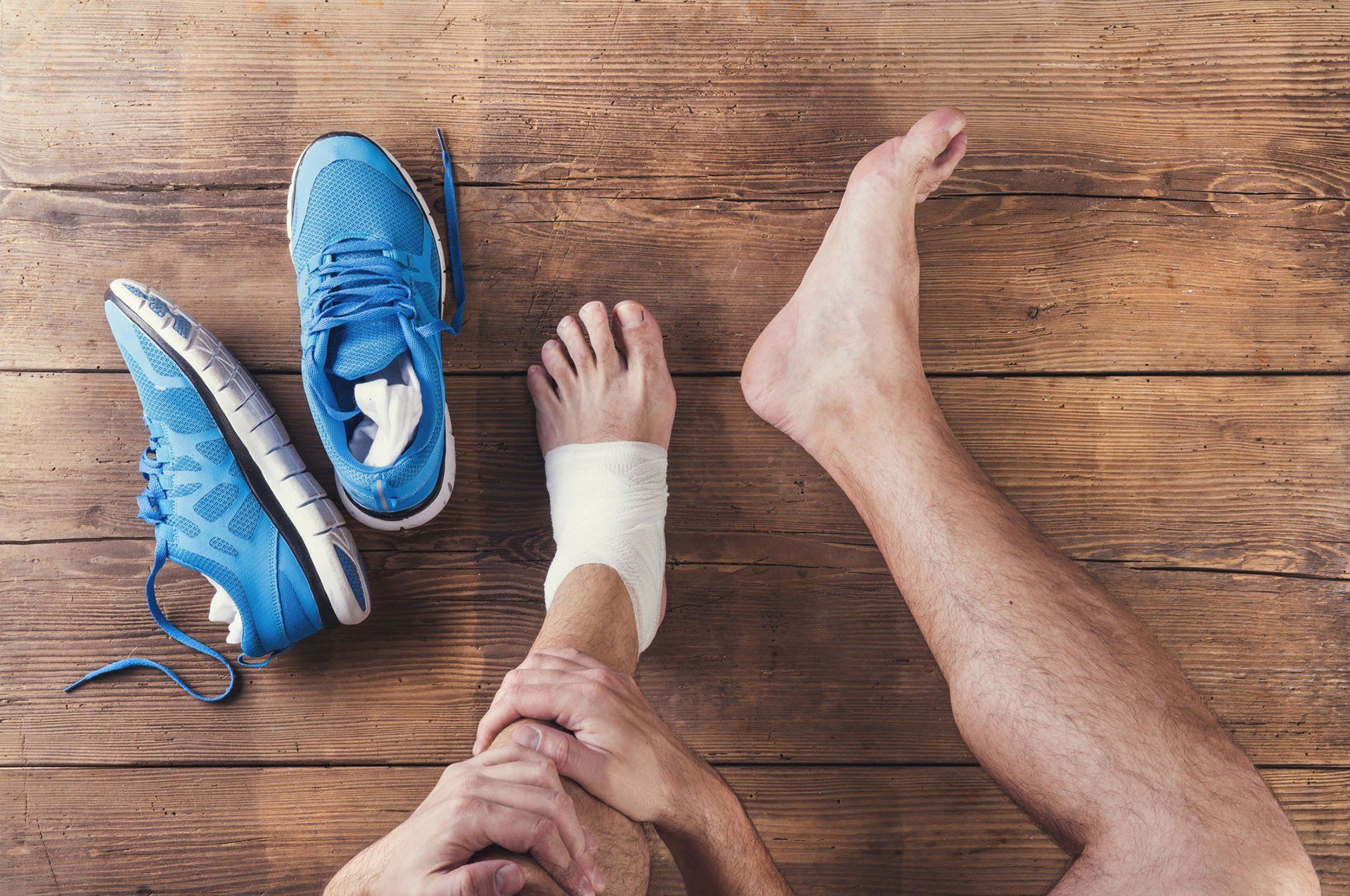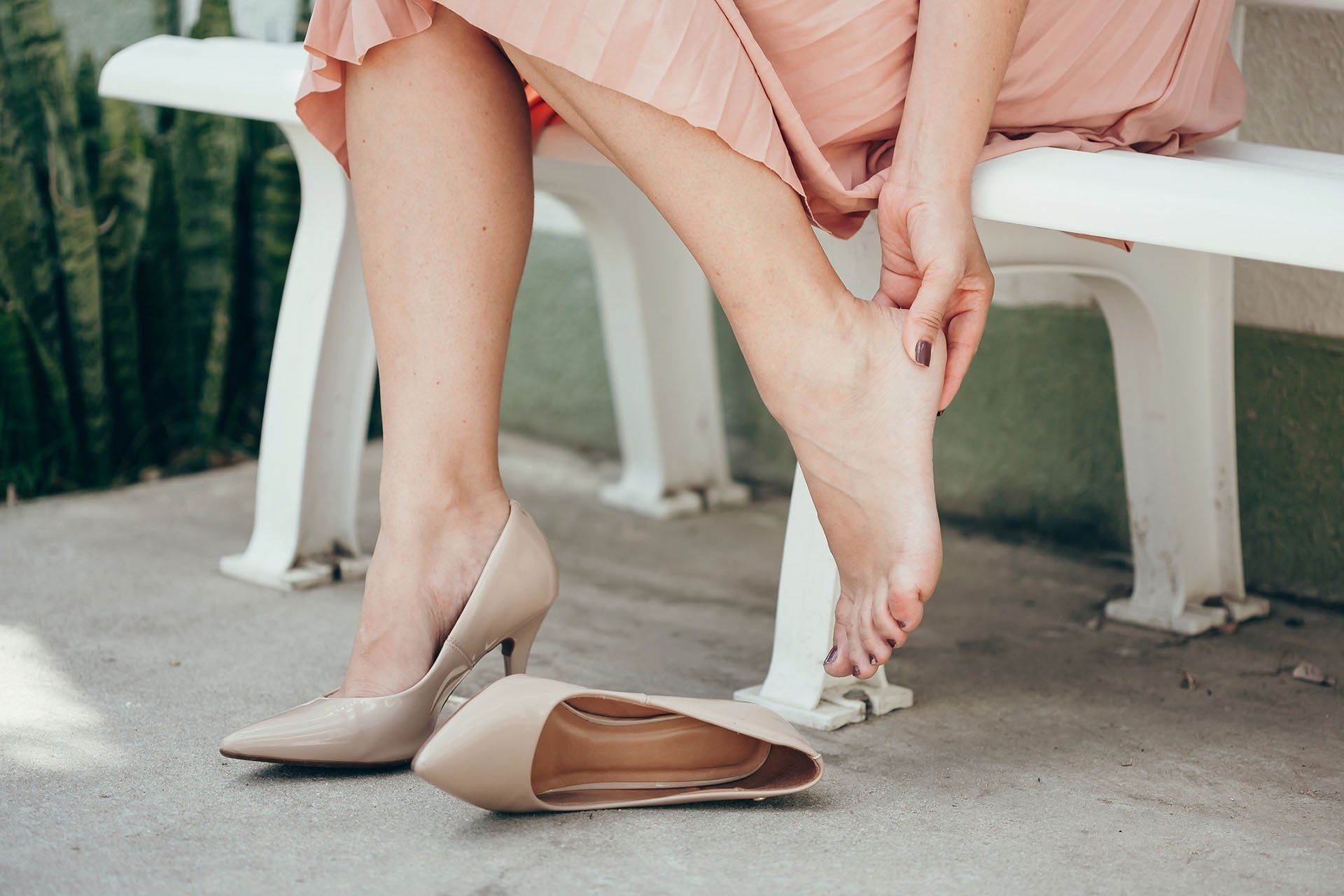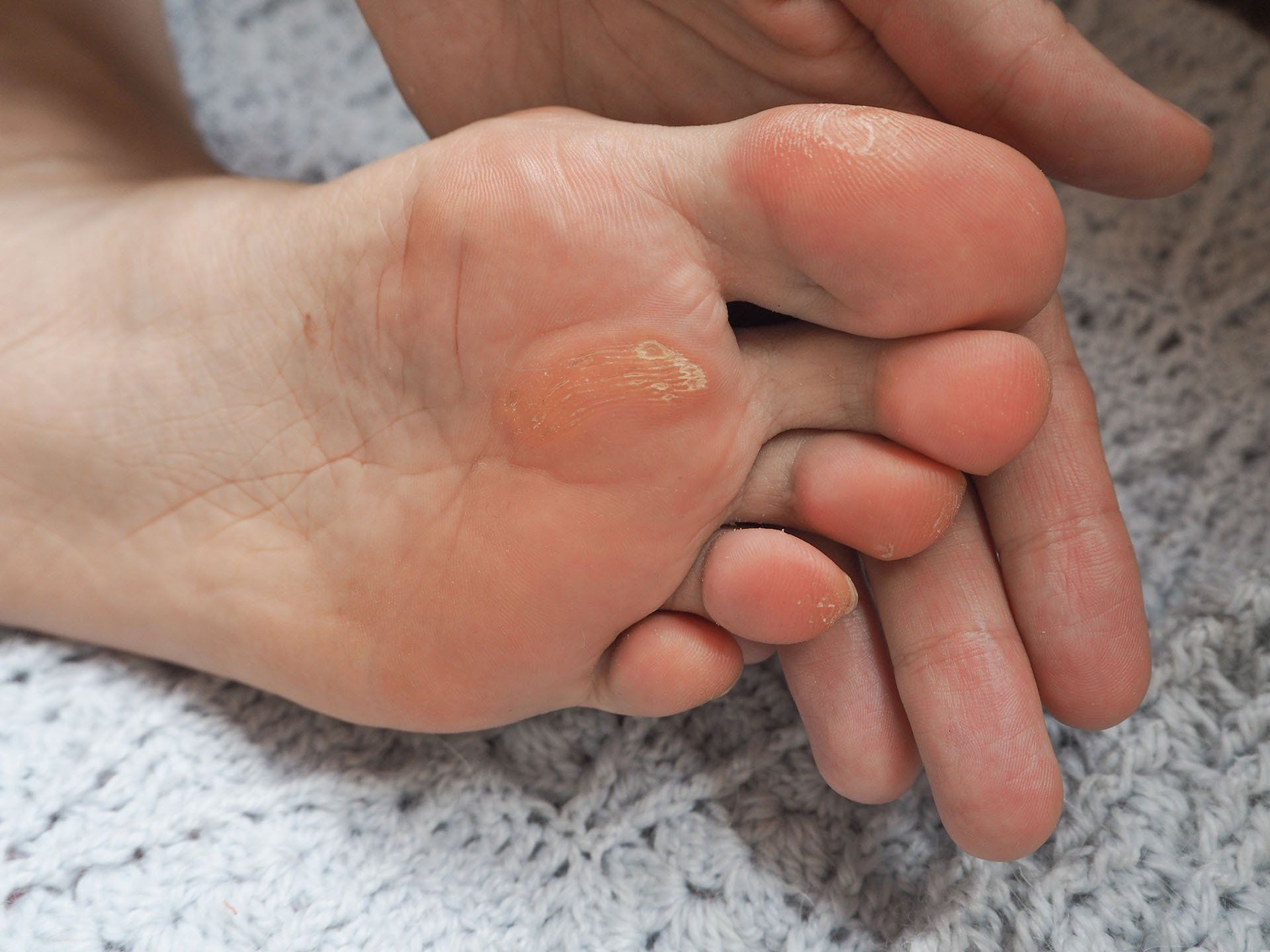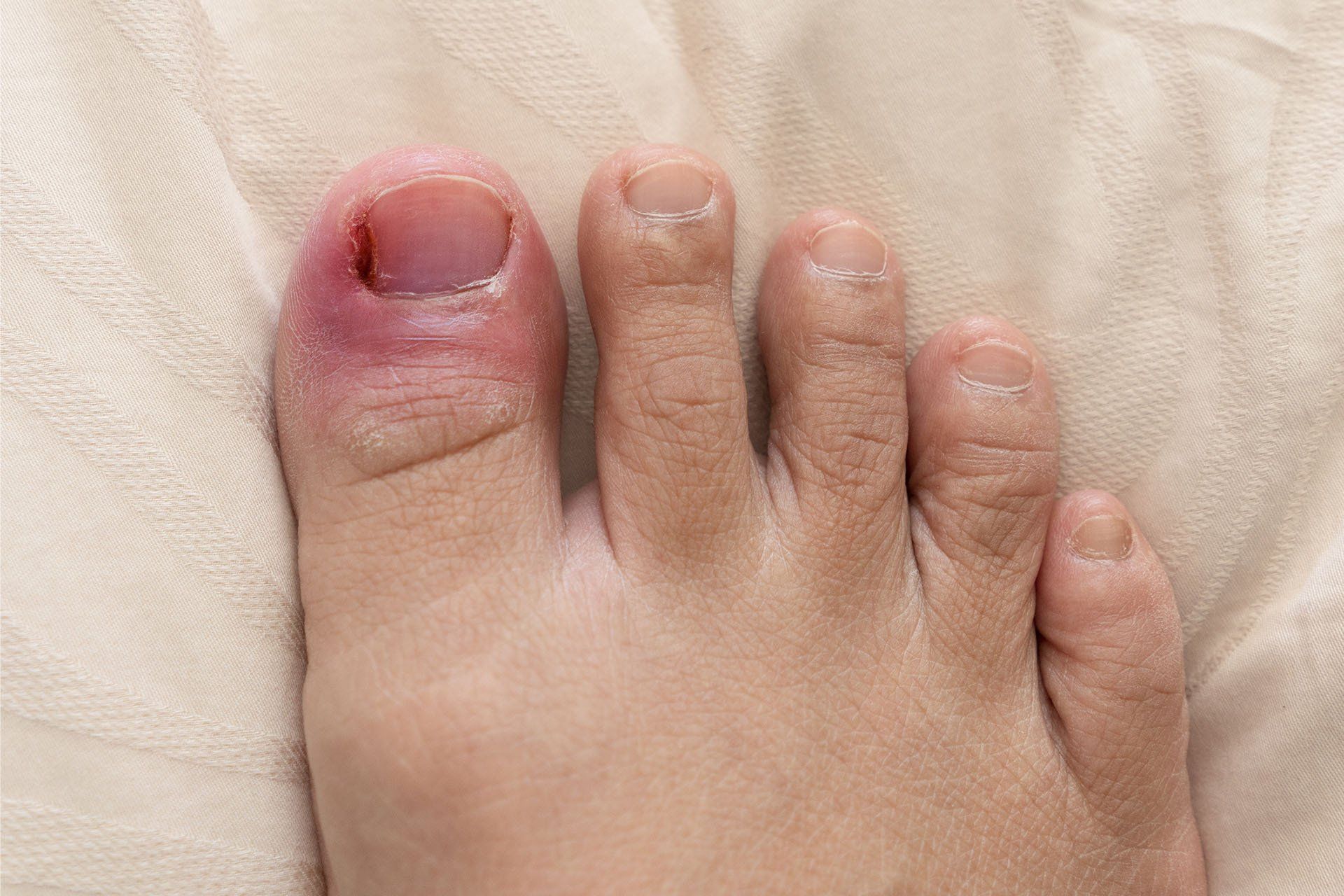Our Services
Your feet are your foundation. Give them the proper care they deserve, and rest easy with our team of gentle and caring doctors and nurses. Our podiatric care includes office and hospital surgery. Learn more about the procedures and services we offer below and some of the benefits to seeking treatment!
Reconstructive Foot Surgery
We offer multiple surgeries and solutions to common foot problems you may experience. Foot and ankle problems usually fall into the following categories:
- Acquired from improper footwear, physical stress, or small mechanical changes within the foot.
- Arthritic foot problems, which typically involve one or more joint.
- Congenital foot problems, which occur at birth and are generally inherited.
- Infectious foot problems, which can be caused by bacterial, viral, or fungal disorders.
- Neoplastic disorders, usually called tumors, which are the result of abnormal growth of tissue
Read more about the surgeries and treatments we specialize in below!
Wound Care
If you’ve found yourself with a deep wound or cut on your foot and you’re facing infection or delayed healing time, we can help you begin the healing process. It can be difficult finding the right antibiotics to reduce inflammation and promote new skin growth. We can help with major foot injuries, surgery recoveries, and other larger injuries that occur on the foot. Not only can we assist you in the healing process, but help you learn how to better treat a cute or sore that occurs on your foot in the future. If you’re facing a serious foot injury and need help getting on the road to recovery, call us today!
Diabetic Wound Care
If you’re a diabetic facing a foot injury or wound, the process of healing and recovery can be long without medical intervention. Alex City Foot Specialties specializes in diabetic wound care and can put you on the road to recovery. We offer a variety of diabetic shoes for our patients who qualify. We have a high percentage rate for wound healing; including, not limited to: diabetic ulcers, pressure wounds, trauma and gout.
Acute Wound Care
If you have smaller wounds or injuries on your foot, we can still make sure that you follow all steps to properly heal. When handling any injuries on the foot you want to make sure that there are no chances of infection and that any inflammation or infection is then properly treated. Ensuring that your recovery is relatively painless and helps your foot return back to normal is crucial for anyone facing an acute foot wound.
Burns and Ulcers
When recovering from burns to the foot, you have to make sure that you are handling the pain, inflammation, and recovery correctly. At Alex City Foot Specialties we can work with you to recover from burn related foot injuries and find solutions that work for you. We also work with foot ulcers and sores on the foot to properly heal and prevent them from coming back. Different kinds of ulcers need different treatments and we can work to diagnose and properly treat yours!
Bunions
Misaligned big toe joints that can become swollen and tender, causing the first joint of the big toe to slant outward, and the second joint to angle toward the other toes. Bunions tend to be hereditary, but can be aggravated by shoes that are too narrow in the forefoot and toe. Surgery is routinely performed to correct the problem.
Sports Injuries
Playing sports or competing in athletic competitions can result in any number of foot injuries. Athletes might experience injuries such as:
Plantar fasciitis (heel pain)
Usually caused by an inflammation on the bottom of the foot. Our practice can evaluate arch pain, and may prescribe customized shoe inserts called orthoses to help alleviate the pain.
Plantar fasciitis is the term used to refer to heel pain and arch pain traced to an inflammation on the bottom of the foot. More specifically, plantar fasciitis is an inflammation of the connective tissue, called plantar fascia that stretches from the base of the toes, across the arch of the foot, to the point at which it inserts into the heel bone. Over pronation is the most common cause of plantar fasciitis. As the foot rolls inward excessively when walking, it flattens the foot, lengthens the arch, and puts added tension on the plantar fascia. Over time, this causes inflammation and heel pain. Also known as, heel spur syndrome, the condition; often successfully treated with conservative measures, such as the use of anti-inflammatory medications, ice packs, stretching exercises, orthotic devices, and physical therapy.
Heel Spurs
Growths of bone on the underside, forepart of the heel bone. Heel spurs occur when the plantar tendon pulls at its attachment to the heel bone. This area of the heel can later calcify to form a spur. With proper warm-up and the use of appropriate athletic shoes, strain to the ligament can be reduced.
Stress Fractures
Incomplete cracks in bone caused by overuse. With complete rest, stress fractures heal quickly. Extra padding in shoes helps prevent the condition. Stress fractures left untreated may become complete fractures, which require casting and immobilization.
Shin Splints
Pain to either side of the leg bone, caused by muscle or tendon inflammation. It is commonly related to excessive foot pronation (collapsing arch), but may be related to a muscle imbalance between opposing muscle groups in the leg. Proper stretching and corrective orthoses (shoe inserts) for pronation can help prevent shin splints.
Neuromas
Enlarged benign growths of nerves, most commonly between the third and fourth toes. They are caused by tissue rubbing against and irritating the nerves. Pressure from ill-fitting shoes or abnormal bone structure can also lead to this condition. Treatments include orthoses (shoe inserts) and/or cortisone injections, but surgical removal of the growth is sometimes necessary.
Sesamoiditis
Inflammation or rupture of the two small bones (sesamoids) under the first metatarsal bones. Proper shoe selection and orthoses can help.
Hammertoe
A condition, usually stemming from muscle imbalance, in which the toe can bend in a claw-like position. It occurs most frequently with the second toe, often when a bunion slants the big toe toward and under it, but any of the other three smaller toes can be affected. Selecting shoes and socks that do not cramp the toes will alleviate aggravation.
Heel Pain
If you’re experiencing heel pain there could be multiple reasons for the pain. You could be experience issues with your Achilles tendon, Bursitis (joint inflammation), heel spurs or something else. We can help diagnose the problem and work towards a plan to alleviate the pain you’re feeling!
Heel Spurs
Growths of bone on the underside, forepart of the heel bone. Heel spurs occur when the plantar tendon pulls at its attachment to the heel bone. This area of the heel can later calcify to form a spur. With proper warm-up and the use of appropriate athletic shoes, strain to the ligament can be reduced.
Corns & Calluses
Corns and calluses can form when your skin thickens in an attempt to keep it protected against friction and heavy pressure. After time, they can become painful and bothersome so removal or treatment might be needed to have you walking normally again. Preventing corns and calluses from forming again takes time and we can work with you to properly treat and correct the issue!
Nail Care
Since our feet are covered most of the time, our nails can become damaged over time or from injury such as hematomas. At Alex City Foot Specialties, we can help care for your toenails from helping repair weakened keratin to preventing fungal growth. We don’t do pedicures, but we make sure that your feet are in fantastic condition. Make us a part of your monthly routine with specialized nail care by Alex city Foot Specialties!
Ingrown Toenails
Toenails whose corners or sides dig painfully into the skin. Ingrown toenails are frequently caused by improper nail trimming, but also by shoe pressure, injury, fungus infection, heredity and poor foot structure. Women are much more likely to have ingrown toenails than men. Ingrown nails can be prevented by trimming toenails straight across, selecting proper shoe style and size - not too tapered or shallow - and paying special attention to foot pain.
Quick Links
Contact Information
Phone: (256) 215-5596
Email: tw.alexcityfoot@yahoo.com
Address: 1649 Highway 22
Alexander City, AL 35010







